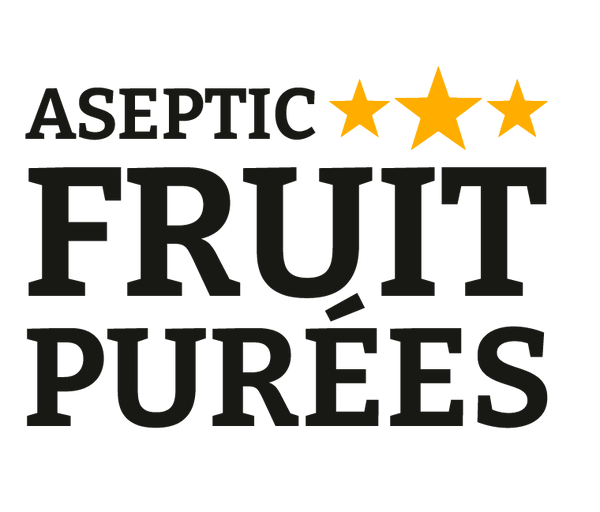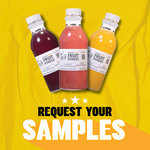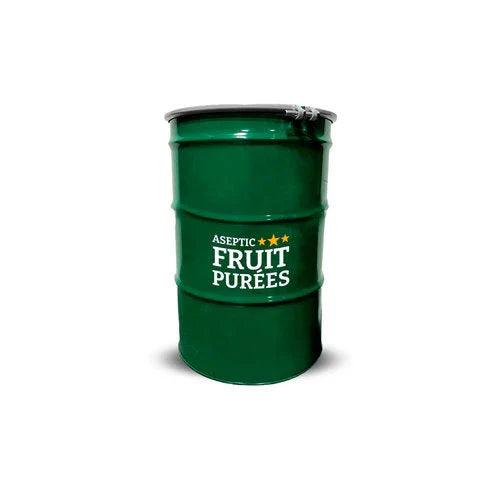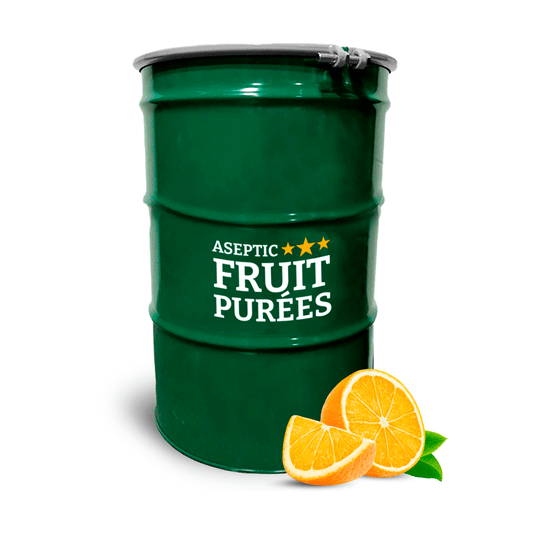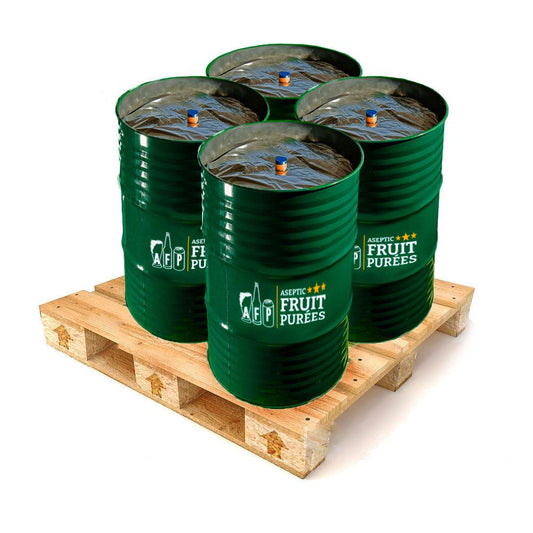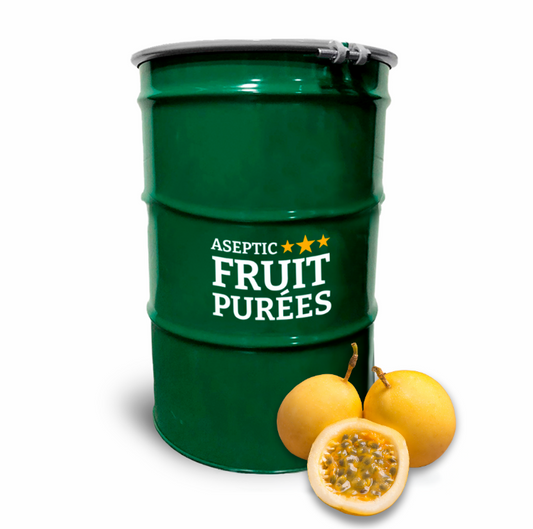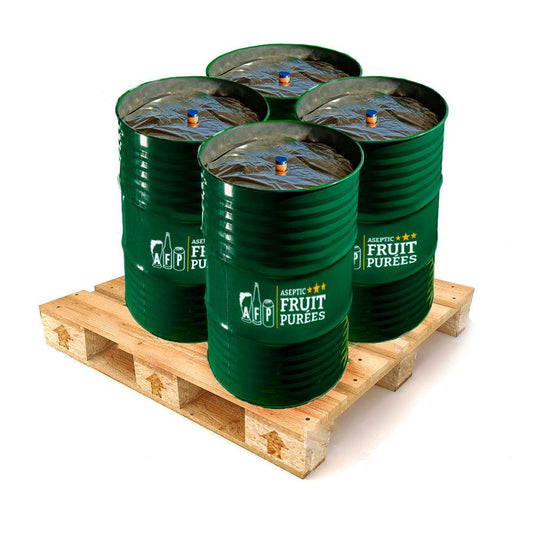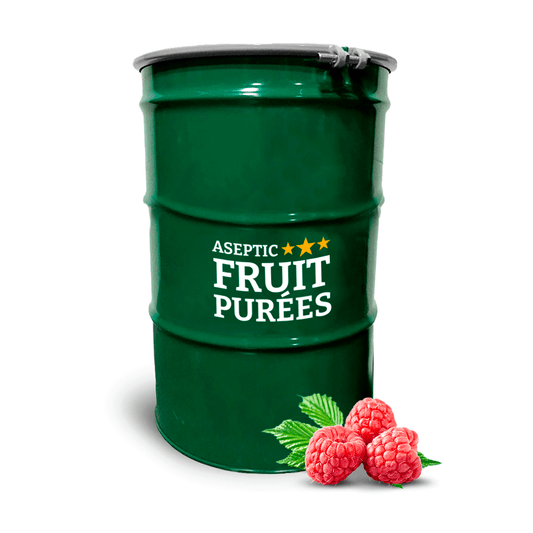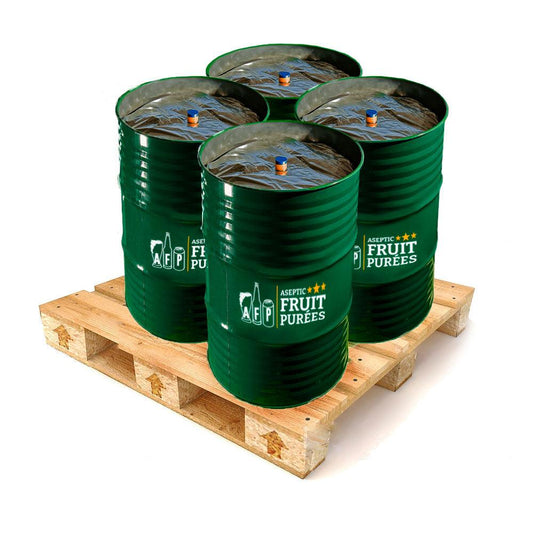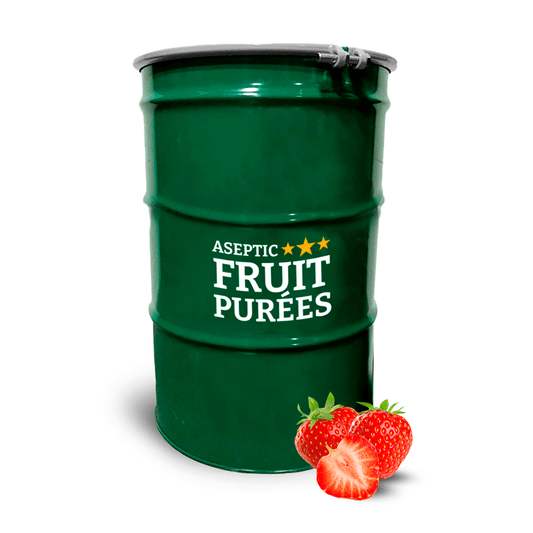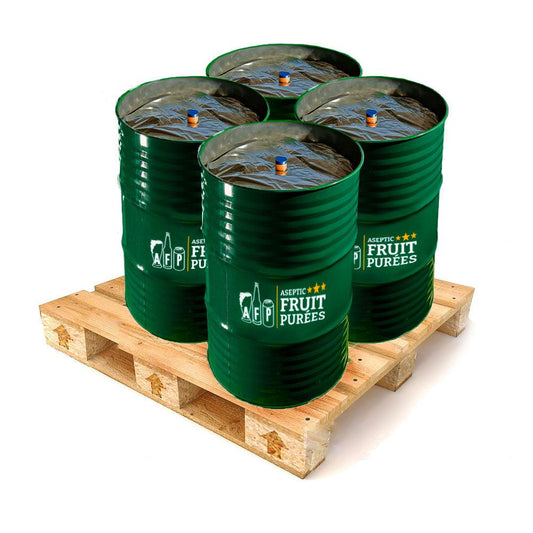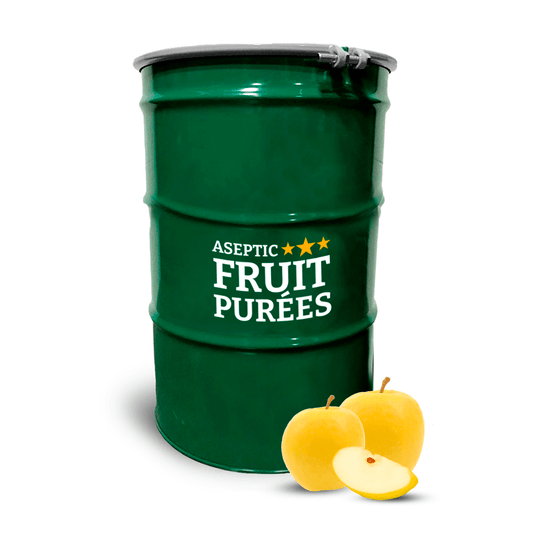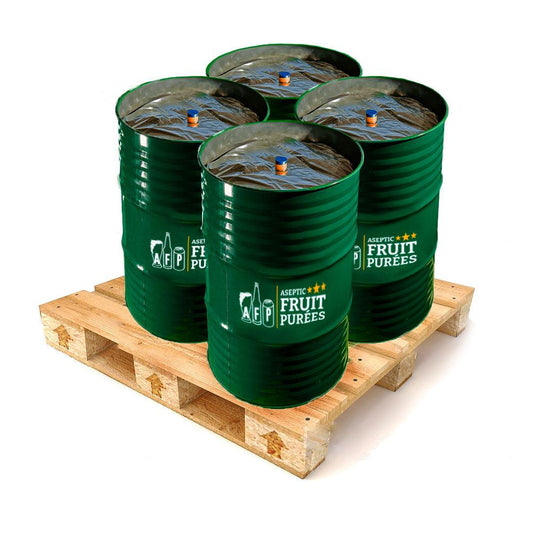Acidity is defined as the quality, state, degree of being acid. In other words, the level of acid in substances, in this case we are talking about beer. The presence of acid in beer is really part of what makes beer what it is. Which could also be said with every fermented beverage. Acids in these beverages are either increased or mitigated due to the beverage. PH is a measure of how much acidic or basic a solution is. Measuring in grams per liter, or TA (Total Acidity) when measuring the level of acidity in beer has many advantages to the PH scale but we will get into that later.
Pale Ales and IPAs
It is no secret that water chemistry is perhaps the most important part of any recipe. If you do not have the correct water profile your beer will be doomed from the start. Tracing back deep, non-obvious issues in fermentation it almost always goes back to water chemistry. I am not a chemist, and do not claim to be, however it is something every brewer must be tuned into. When adjusting PH in a pale ale or IPA it is important to reach a certain level of acidity. With the hazy and juicy beers at the height of their popularity reaching that proper level is crucial. If you think about drinking orange juice it should have the same amount of pucker. This will also give you a crisp finish that will accentuate the tropical flavors of the hops used. To properly adjust your acidity on the brewing side it is important to stay between 5.2-5.4 or lower coming out of the brewhouse. This ensures that if a heathy and complete fermentation happens you should end up with a PH of 4.0-4.4 in most ales.
Acidity in Fruited Beers
In styles such as Saison you would want to finish at a PH of 3.8-4.0. Saison is a style that is largely known for its crisp, light, thirst quenching characteristics. The slightly lower PH makes a huge difference in the finished product. When adding fruit to any beer it can be advantageous to drop the PH to 4 or lower depending on the fruit and how much acid it takes to properly accentuate the fruit. I recently made a strawberry Saison for Valentine’s Day. I started with a Saison base that was fermented with a hybrid Belgian-French yeast strain. I was looking for a crispy, herbal, fruity ester profile that was low in phenols. Phenols are commonly characterized by clove-like aromas. They are acceptable in some versions of Saison, but in this recipe, it would have conflicted horribly with the strawberry puree that was added during fermentation. The beer in question, attenuated out over 90% which is impressive. This was the inspiration for this beer besides making a pink beer for Valentine’s Day. I lowered the PH to 5 coming out of the brewhouse. Then, when fermentation was tapering off, I started thinking about adding puree. I made three different trials ranging from one pound per gallon to two pounds per gallon. On the first go around the two pound per barrel which is at the top of the threshold was the favorite. It was really delicious, but something was missing. It’s hard to judge a sample that is a mock-up, you have to have a vision of what the end product will taste like. On the next round I made a blend that contained about ten percent of a beer that was fermented 100% with Brettanomyces. Brettanomyces will ferment any sugar known to man, and many other things. “It eats everything” is a phase you will hear savvy brewers utter. Brettanomyces is also capable of producing lactic acid which makes it a perfect beer to have around when you are blending fruit beers. This Brett beer had a farmhouse funk that complimented both the Saison and the strawberries perfectly. If you are afraid that Brettanomyces or other wild yeasts will take over your brewery, you are right. They certainly will if not extremely careful with you cleaning procedures. You can always use lactic acid but what is the fun in that?
Kettle Sours
When making a “kettle soured” beer, acidification is going to be coming from lactobacillus. However, it is important to acidify your wort before it incubates in the kettle. Lowering your Ph using acidulated malt or food grade phosphoric acid, it should be dropped to 4.8-5.0. This will help stave off any unwanted bacteria or wild yeast in the air if it somehow got into the kettle. This also will help your head retention by giving the lactobacillus a head start so it does not kill your head retention. Following this adjustment, it should take less than 24 hours to reach the desired PH. Then you boil the wort and continue to boil and treat as a normal batch.
Long term Sour Beers
In long term barrel aged sour beers acidification happens over a more extended period. These acids are produced by lactobacillus, pediococcus, and Brettanomyces. When whole fruit is added it can contain wild yeast on the skin. This can add wild yeasts that can produce organic acids. Earlier when I mentioned using grams per liter to measure acid in beer, is called total acidity. PH can be misleading a bit considering it does not reflect the amount of sugar in the solution. For example, Coca cola is highly acidic, but you do not perceive it due to the sugar. The same thing can happen in beers that contain fruit or unfermented sugar.
The Power in Sour
Acidification of different styles of beer vary. A slight PH adjustment can be beneficial when brewing styles like pale ales or IPAs, most ales that you want a crisp finish, even Saisons. Pre-acidifying “kettle sours” can help your head retention and protect the wort (to a minor degree). In long term barrel aged sour beers acids are most produced by bacteria, and wild yeast strains over a longer time period that can be more layered and complex than “kettle soured” beers. So, no matter what style of beer you are making, acids are present and working to make a tastier beer.
Nick Burgoyne is our Brewing Consultant
with more than 15 years of experience in the
craft beer industry. nick_burgoyne@yahoo.com
